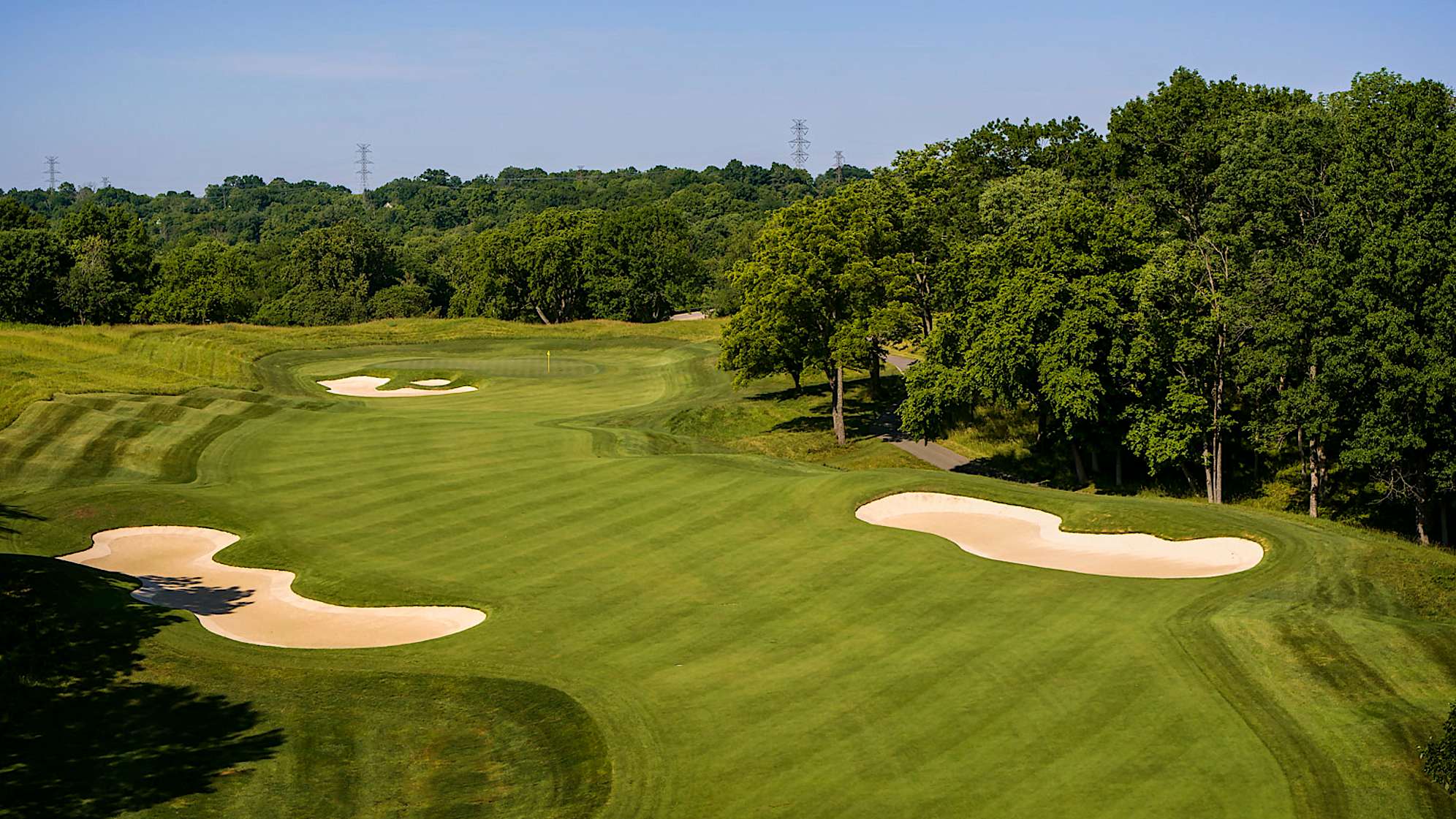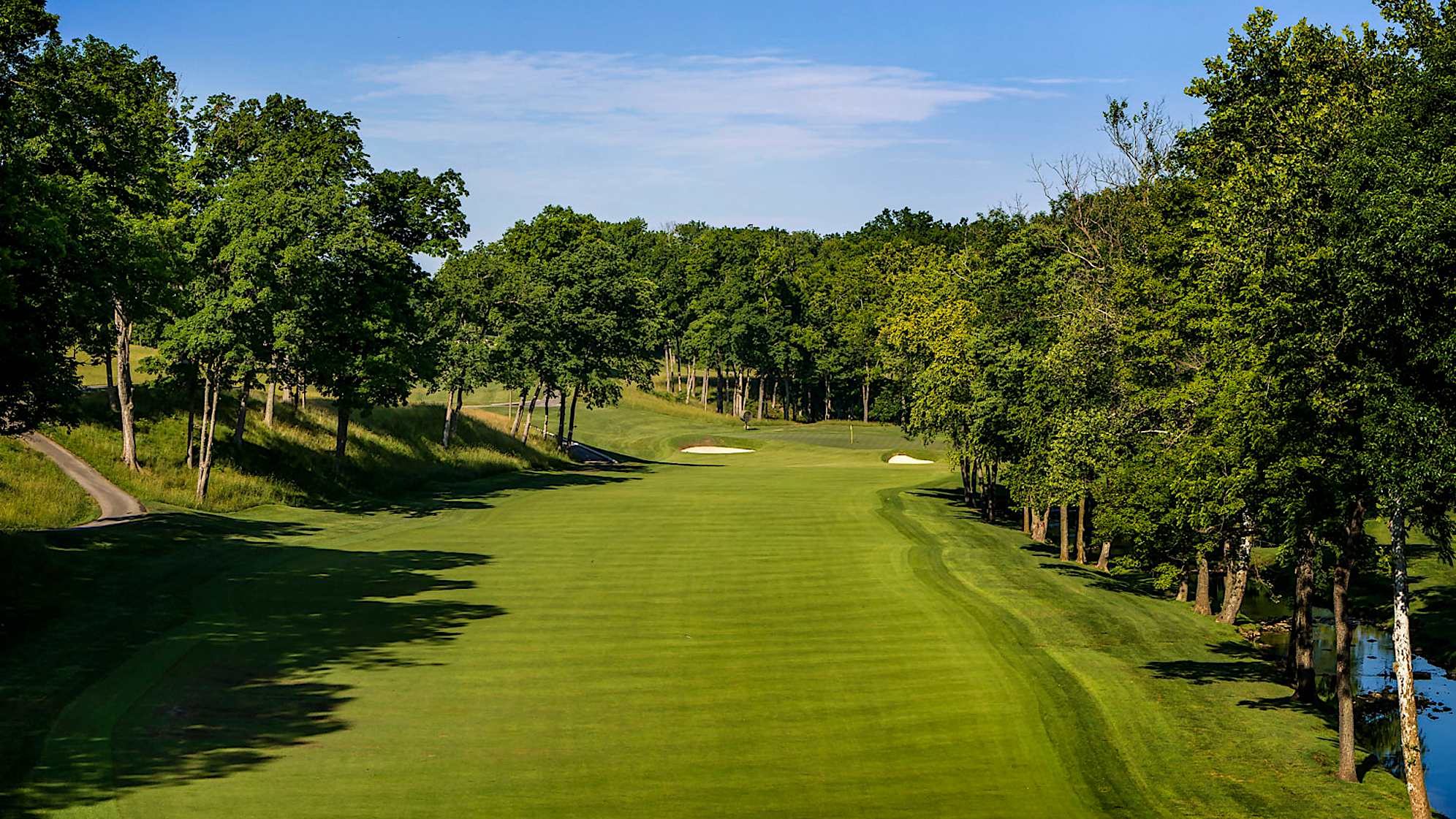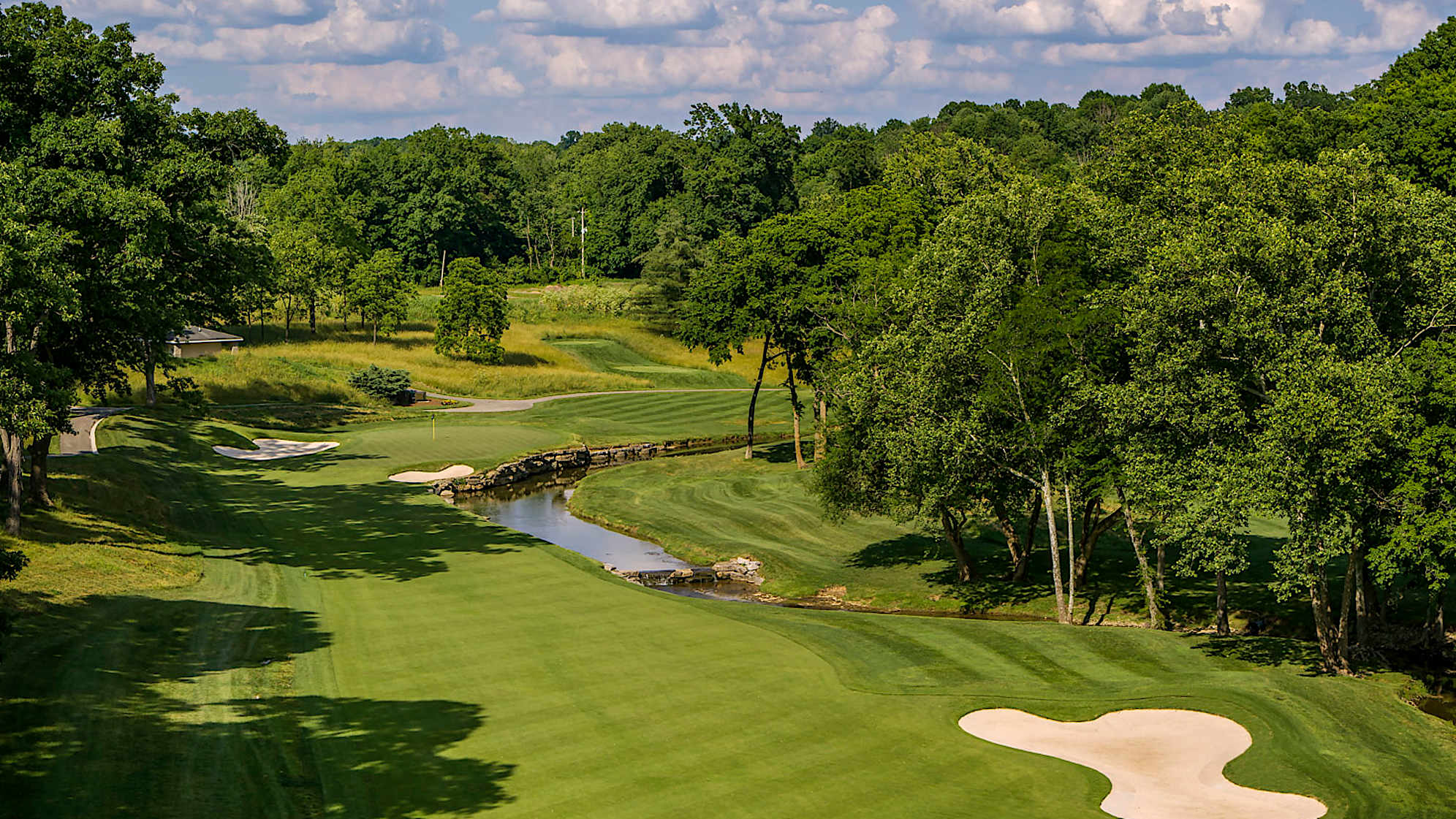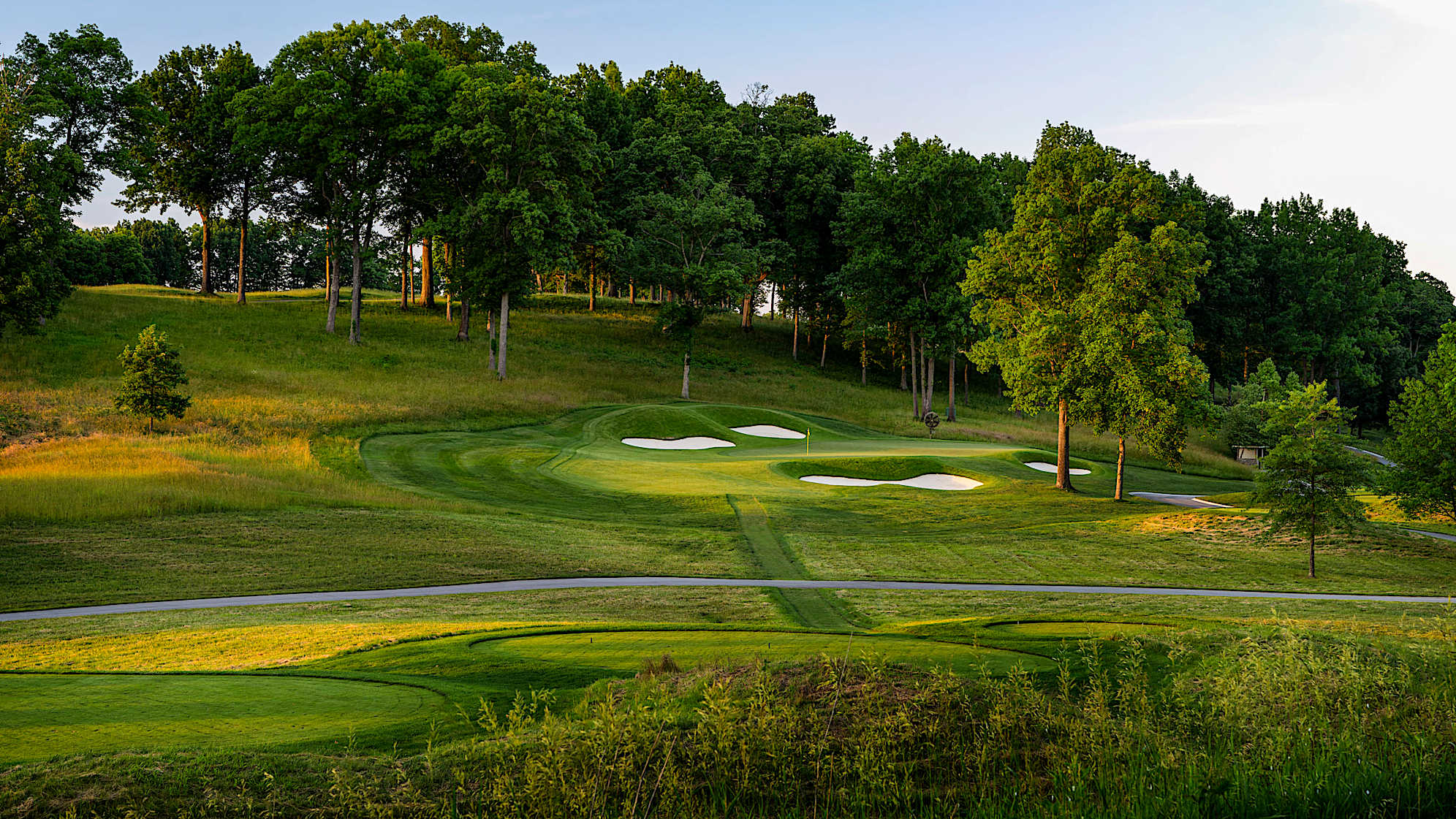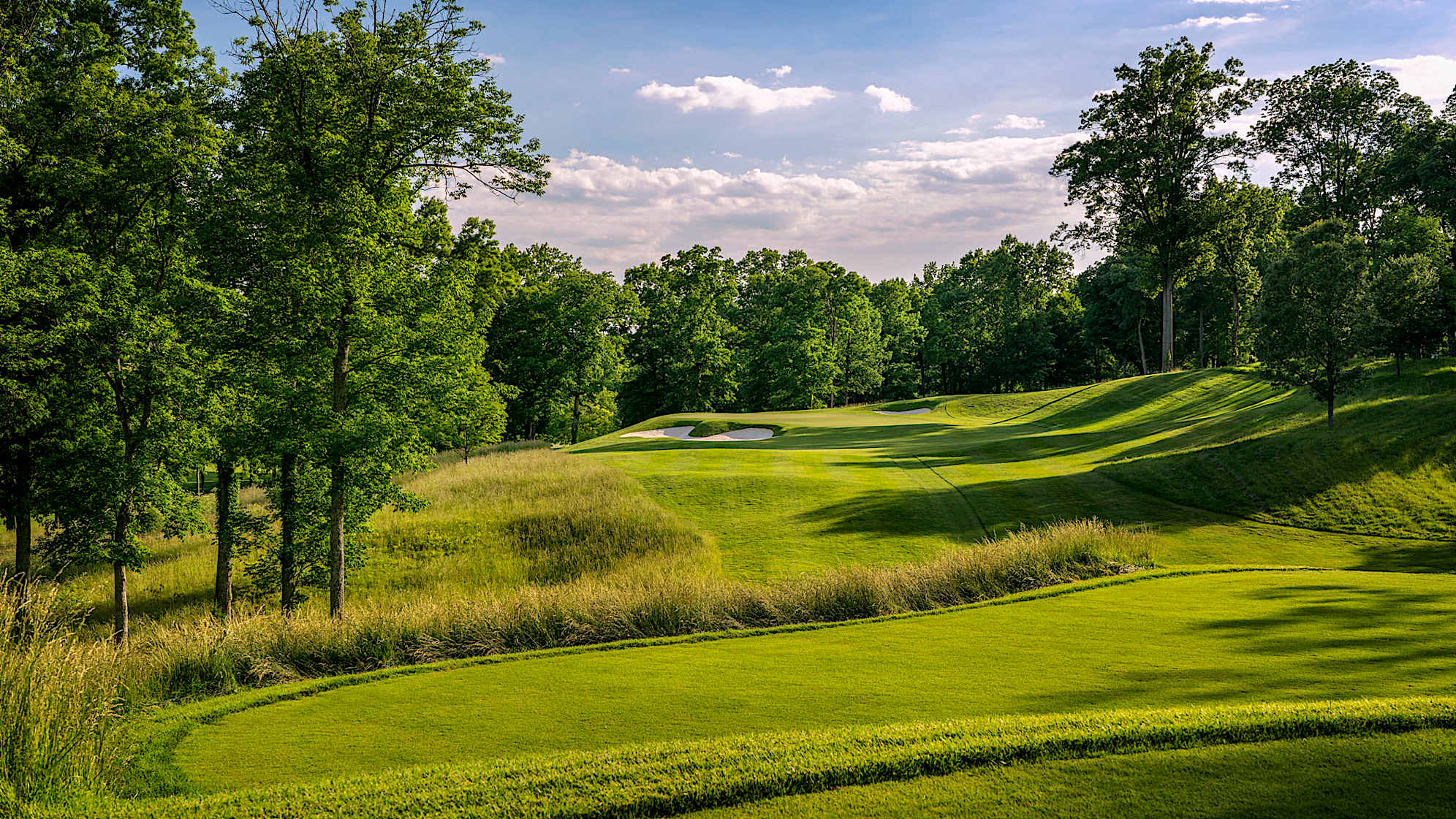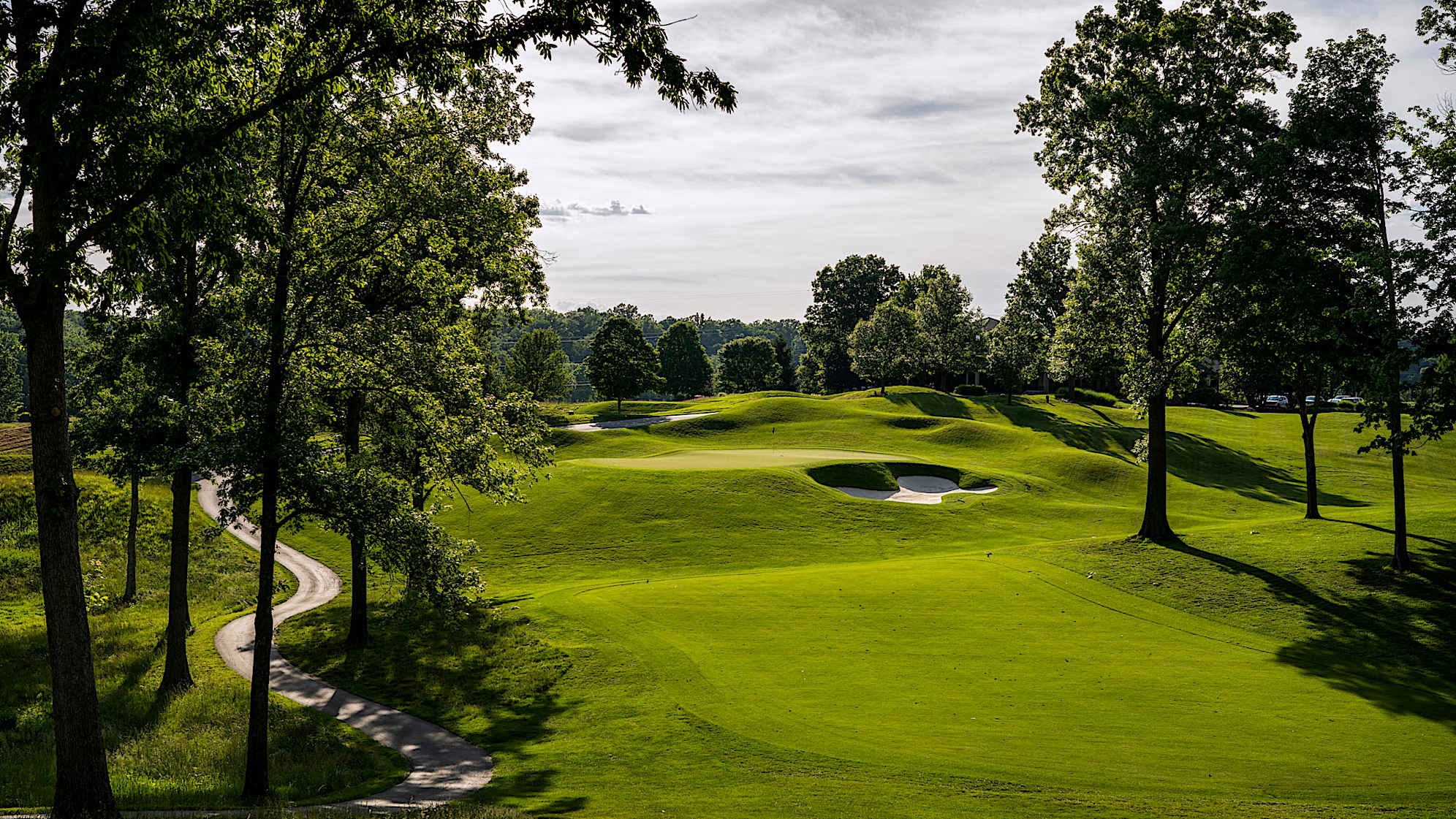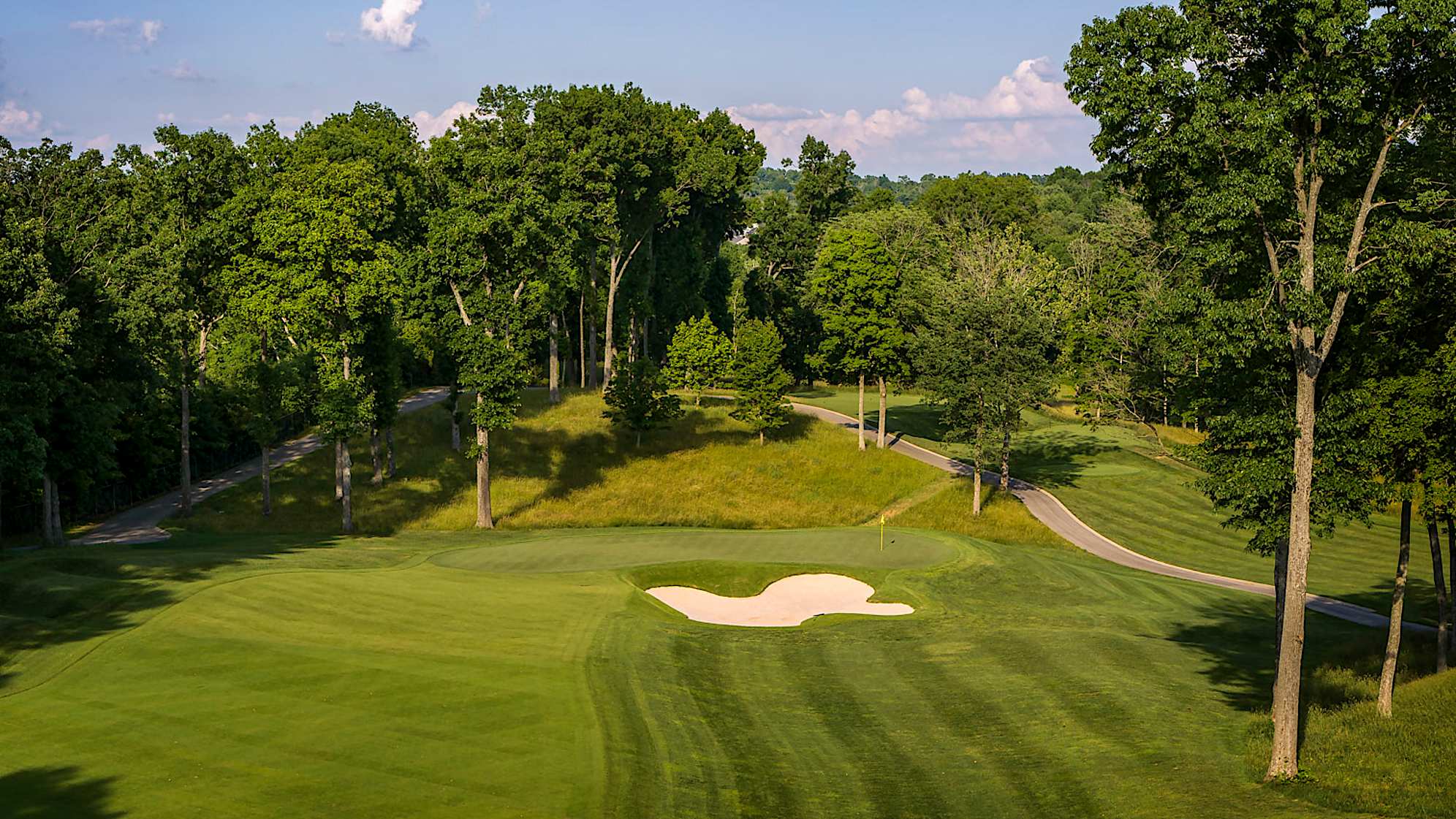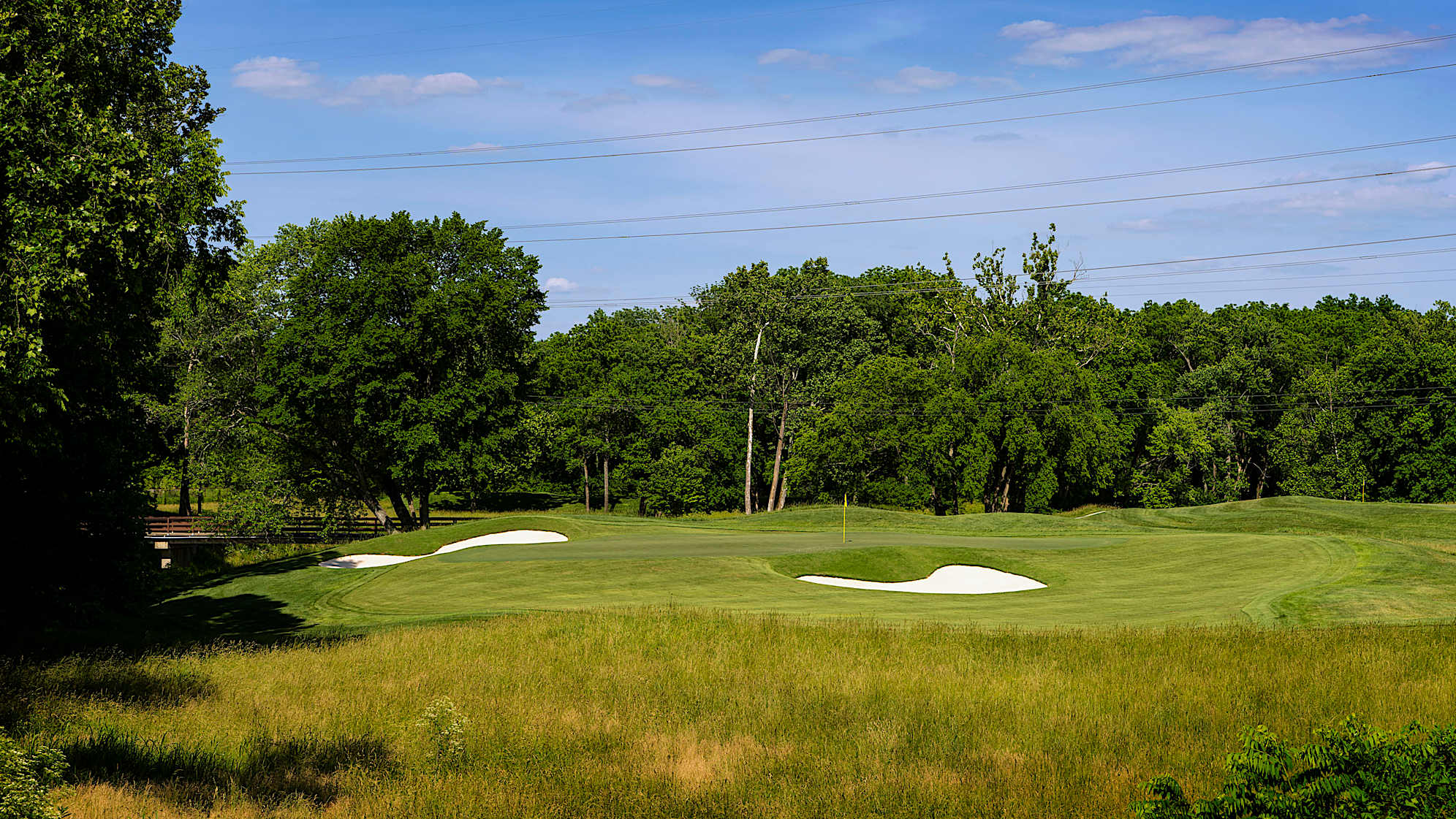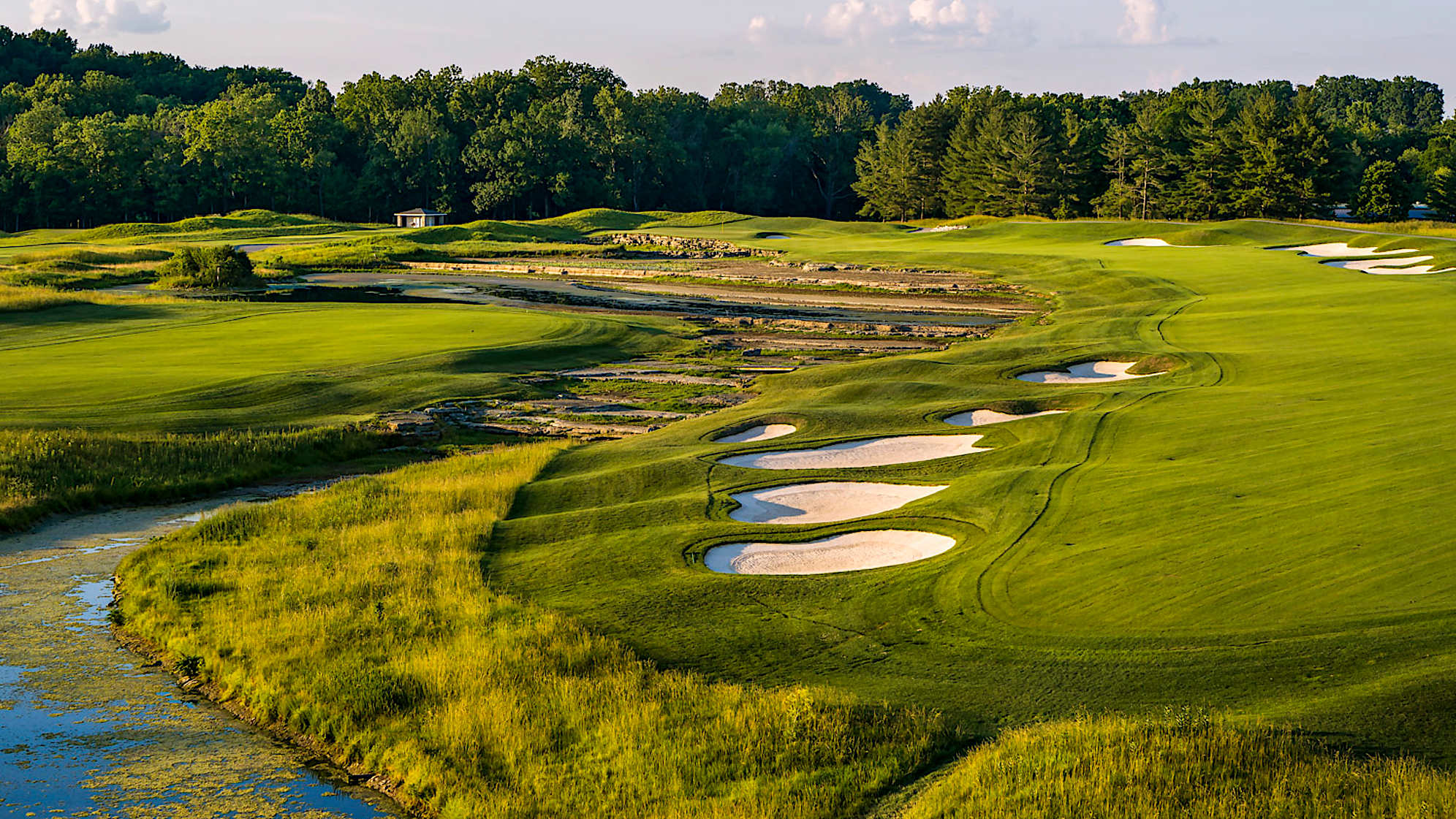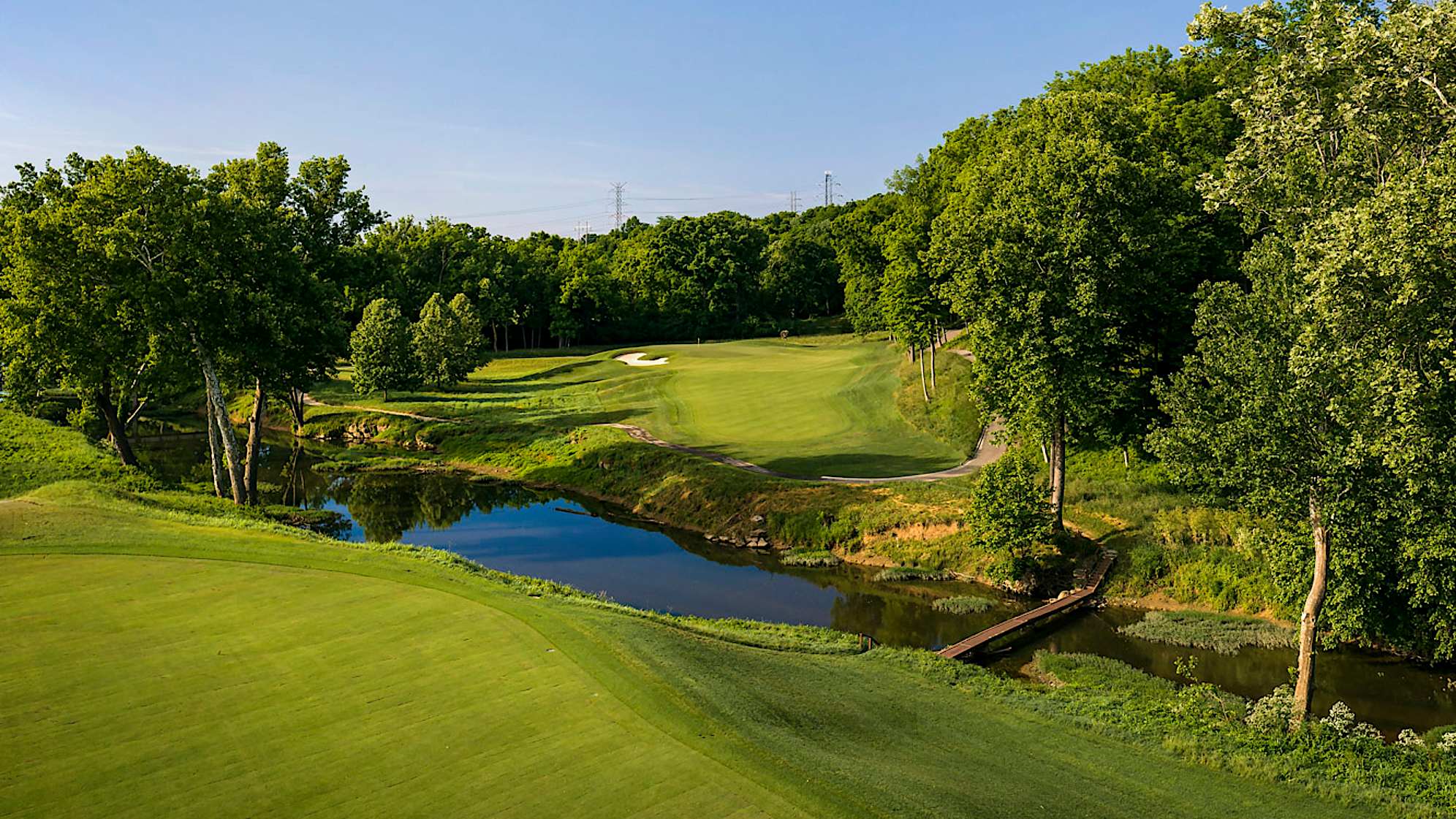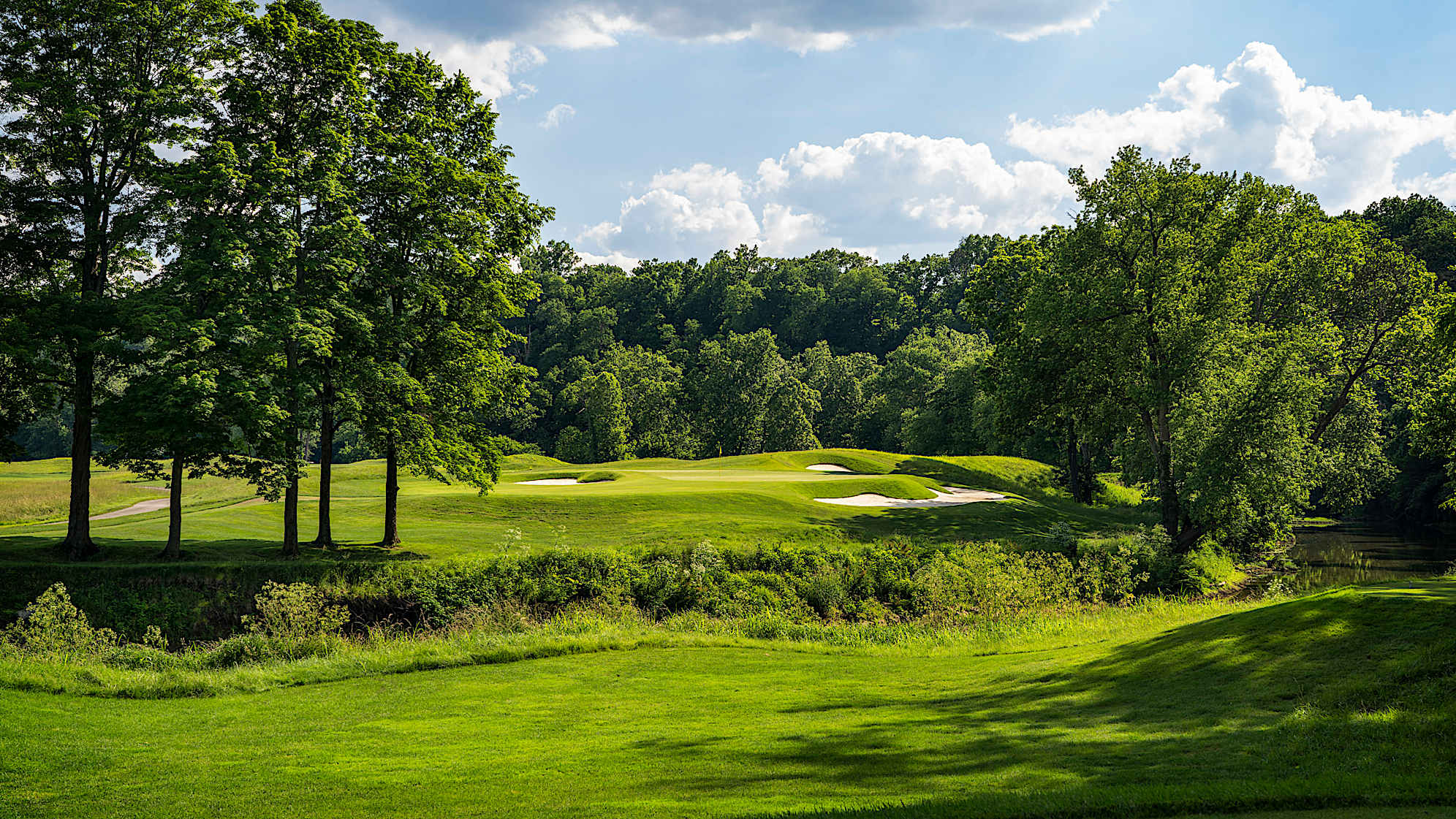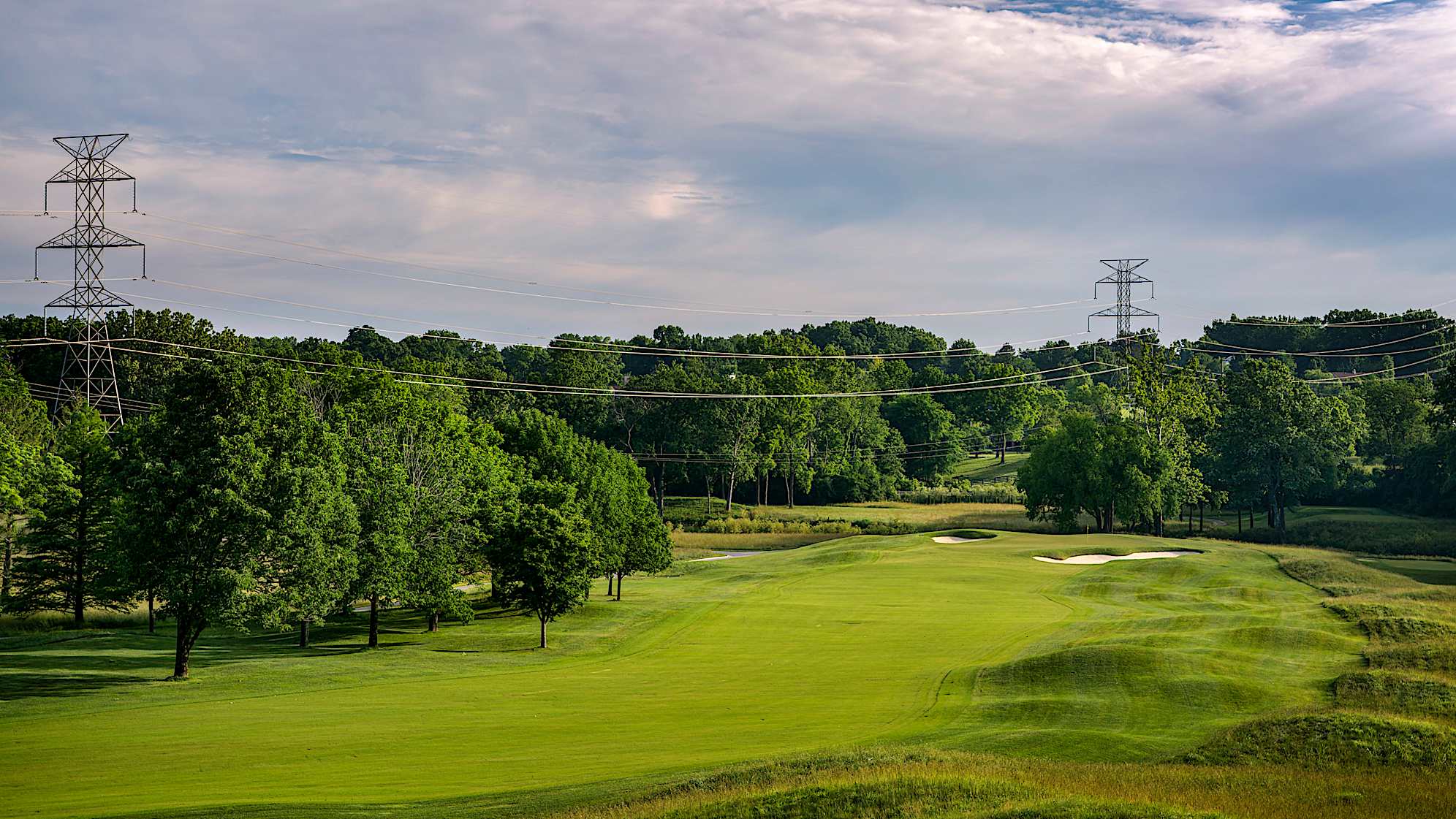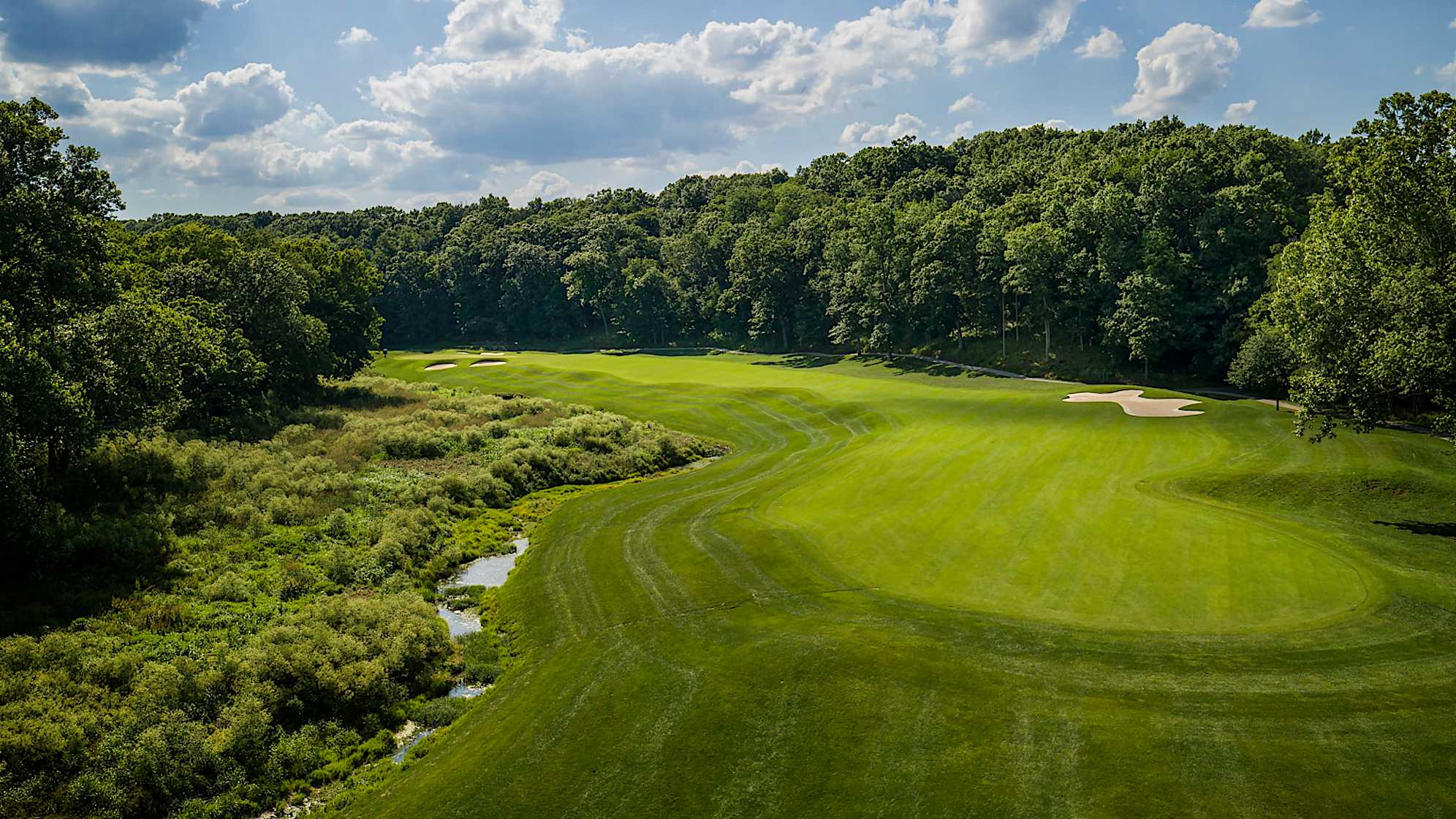PGA Championship course notes: What’s different from 2014 at Valhalla?
3 Min Read

Rory McIlroy comments after winning the PGA Championship
Written by Golfbet Staff
A decade ago it was Rory McIlroy’s world and we were just living in it, as the Northern Irishman capped off an incredible summer by winning his third straight start (and second straight major championship) at Valhalla Golf Club.
Now we return to Kentucky for another PGA Championship and McIlroy is coming off back-to-back PGA TOUR wins at the Zurich Classic of New Orleans (with Shane Lowry) and the Wells Fargo Championship. But in an almost unfathomable scenario to those who witnessed McIlroy’s 2014 season, he hasn’t won a major since.
While the course on the outskirts of Louisville will certainly have some familiarity for McIlroy and others who are returning, and even the handful who also played it in the 1996 and 2000 PGAs, there has also been some significant changes since 2014 all bettors and gamers should be aware of.
First, the place has been beefed up.
The total length for the 2024 PGA Championship will be 7,609 yards – 151 yards longer than the 2014 yardage – and will play at par 71, just as it did in 2014 (hole No. 2 has been converted from a par 5 to par 4).
The length comes via additional Championship tees in strategic areas.

Key stats for the PGA Championship using McIlroy's 2014 win at Valhalla
The first hole will add 38 yards to become a 484-yard par 4. The par-4 12th will add 27 yards to become stretch 494 yards. Hole 14 will add 37 yards to move to a 254-yard par 3, while the 18th hole adds 28 yards to reach 570 yards.
The 13th hole keeps its 2014 yardage but the Championship tee was lowered some 9 feet for better viewing.
Next, the grass will feel (and play) differently from 2014.
An extensive fairway renovation took place in 2021, changing fairway turf and tee tops from bent grass to Zeon Zoysia. A total of 30 acres of Zeon Zoysia was installed in a three-month time frame.
Zeon Zoysia is a warm season grass with a narrower blade than traditional Zoysia grass, which closely mimics the look of bent grass and tolerates much shorter mowing
heights than traditional Zoysia. There were multiple reasons for the shift in grass according to the PGA of America, notably because bent grass is difficult to manage in what is known as the transition zone: the area between mild conditions where the cool-season grasses thrive and hot/humid conditions where warmer-season grasses grow. Zeon Zoysia fairways also allow for more firm and fast playing conditions all season long, although that firmness may be mitigated this week by a forecast that features significant chances for rain over the next few days.
Conclusion: Bring your long game.
But what can we garner from these changes? You’d better bring your long game to be able to handle the conditions at Valhalla – and to be able to create as many birdie opportunities as possible.
Action is growing around McIlroy, who is now down to +800 at BetMGM Sportsbook to rekindle his success from 2014, but everyone in the field is still looking up at Scottie Scheffler. The reigning Masters champ is listed as a +450 favorite to open tournament week as he looks for his second major of the year and fifth win in his last six starts overall.
For resources to overcome a gambling problem, call or text 1-800-GAMBLER today.




